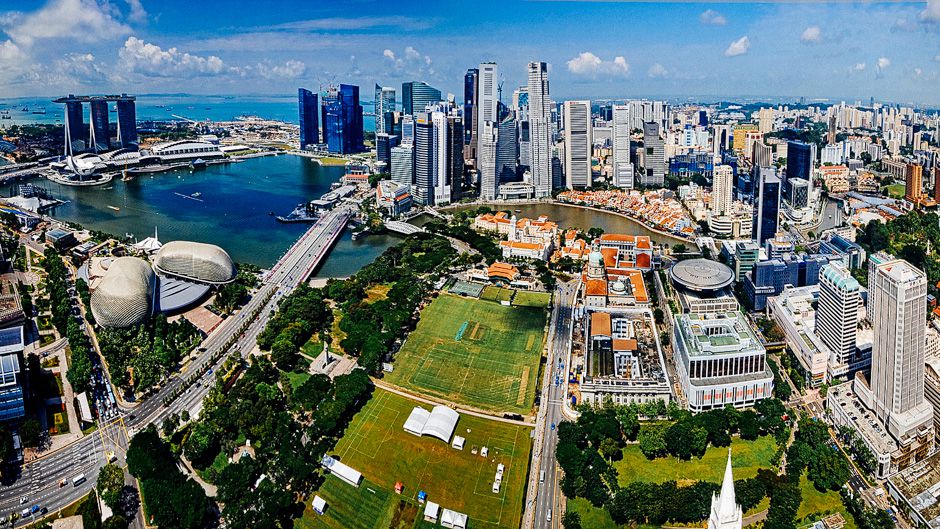The overall 2015 price fall of 3.7 percent is the lowest decline for private home prices for more than two years, revealed PropNex Realty citing latest flash estimates of the Urban Redevelopment Authority (URA) price index.
However, this still reflects the current languid market sentiment and the sustained impact of the cooling measures, noted the property firm.
Prices in the Core Central Region (CCR) dropped by 2.6 percent last year, lower than in the Rest of Central Region (RCR) and Outside Central Region (OCR), which saw overall prices decrease by 3.9 percent and 3.8 percent respectively.
According to PropNex, luxury prices in the CCR fell the least as wealthy buyers with greater holding power are taking their time to search for their next investment property whilst also looking out for overseas properties.
Meanwhile, the bigger price declines in the other regions is the result of the Total Debt Servicing Ratio (TDSR) framework, which impacts the mass market segment where the capacity to take up loans is critical for middle-income buyers.
Mohamed Ismail, CEO of PropNex, believes that it is becoming more difficult for potential buyers to invest in a private home with a price quantum over $1.3 million given the stricter lending conditions.
At the same time, sellers of resale homes face stiff competition from developers who are continuing to launch projects at more attractive prices and with incentives.
“As such, buyers will have more options – they will only commit if they perceive the property to be a good value proposition. This may put a fair bit of pressure on sellers in the resale market, who may have to lower prices in order to make a sale,” shared Ismail.
In 2016, Ismail maintains that home buyers will continue to look for reasonably-priced properties with desirable product and location attributes. Despite this, private home prices are set to decline further, with weak demand coming from the TDSR and Additional Buyer’s Stamp Duty (ABSD) restricting home buying.
“Buyers are now more discerning and are taking a longer time to decide on investing in private homes.
“Additionally, HDB resale flat prices have further softened, thus reducing the motivation for HDB owners to upgrade to mass market private properties as their purchasing power have been affected – due to a mix of abundant incoming supply, continued enforcement of cooling measures and public housing regulations such as the tighter MSR (Mortgage Servicing Ratio) on HDB loans,” explained Ismail.
He added: “With TDSR being a long-term instrument – and together with the ABSD, will continue to dampen any speculative activity. Under such an environment, we expect price weakness to persist into 2016, with possible negative growth of about 3.0 percent. The government has stated that it is not time to unwind the existing cooling measures yet; however, with nine consecutive quarters of price declines and lukewarm transaction volume, it is timely to look into tweaking some of the measures, namely the ABSD.”

–PROPERTYGURU

